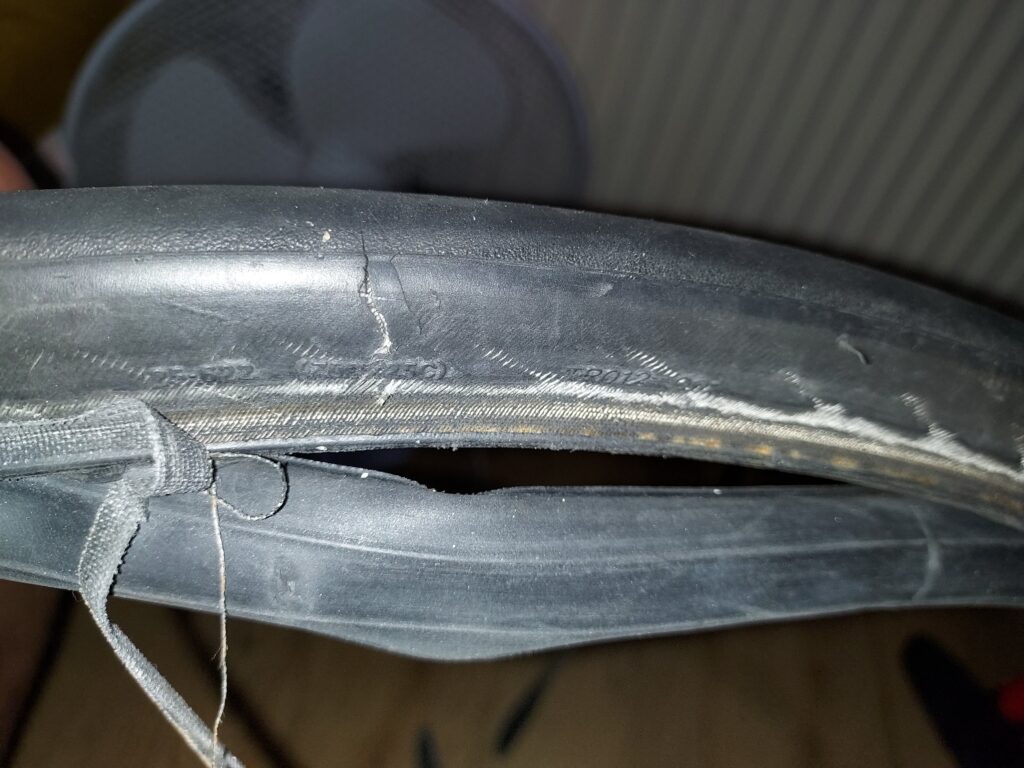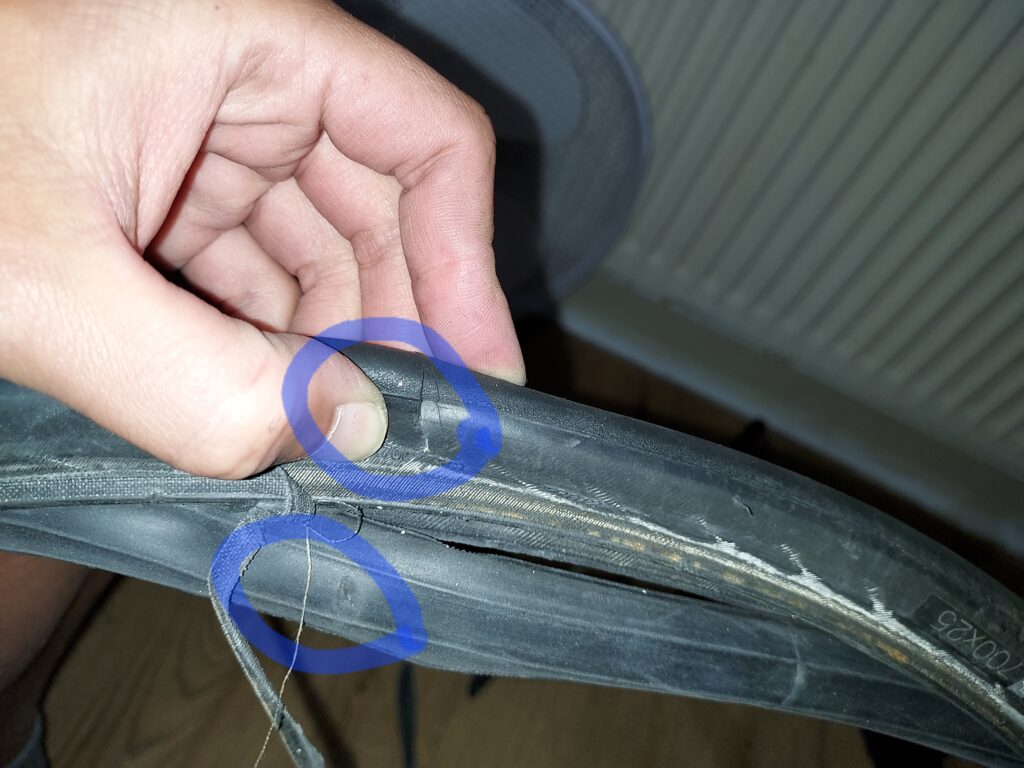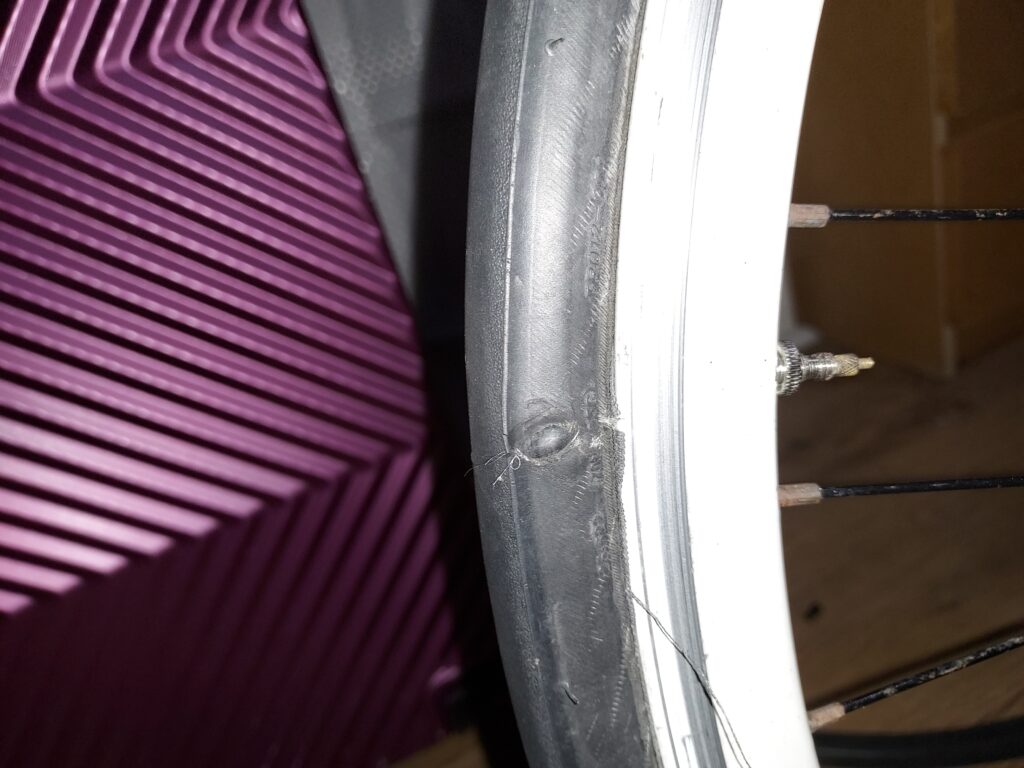Race report: Banana Triathlon
I am now a triathlete!
On 2 July, I did my first triathlon, Banana Triathlon, held in Dorney Lake. I completed it but lost it on the bike.
Background
My thought of doing a triathlon started in 2020 after I had done a few aquathons for a couple of years. Due to the COVID pandemic it never materialised, and I didn’t even have a chance to do another aquathon again before I left Hong Kong in 2021.
In my year in Bournemouth, I didn’t buy a road bike as commuting by bus was much faster there, because express buses run non-stop on the A338 at 80 km/h between my home and the hospital so I didn’t do any triathlon as a result.
I moved to London in June this year (I know I haven’t blogged about this yet). By then I thought that getting a road bike would be a good idea because I don’t want to pay £1.65 per trip to take London Buses which are as slow as turtles, with the average speed as slow as 11 km/h for some of the journeys I have made even on straight A roads.
My bike
I then bought my bike for £80 from a private seller on Gumtree. It is a very basic road bike, Raleigh Airlite 100 without any add-ons, however, it came with 2 spare inner tubes and pedal straps as well. I added a few pieces of parts and accessories including a D-lock, lights, phone stand, kickstand, etc.

I started to ride it for “commuting” to the pool. Unfortunately it only lasted for a few days before I got a flat tyre at Finchley Road while riding home. I replaced the inner tube and it was “fine”, except when it wasn’t actually which I didn’t notice until the night before race day.
Then a few days afterwards, my gearbox was broken. I brought the bike into a store but it couldn’t be repaired and had to be replaced instead.
My training
As I signed up for the race only 1.5 weeks ahead of it, there was no training plan at all. In that week what I mainly did was to ride my bike on different “commuting” routes between my home, the pool and the supermarket. My daily riding distance started from about 11 km to more than 30 km in that week.
On the Tuesday before the race day, I did a “brick training”, which I swam 3 km in the pool, then rode 21 km across London from Gospel Oak to Lower Sydenham for an orienteering race afterwards. The remaining 3 days were the taper period for me which I didn’t ride and run at all and only had a short swim.
My preparation
On the final two days before my race, I started working out my race day logistics, including what to bring and how to get to the race venue. Also, as this was my first triathlon (in contrast to aquathons), I was nervous how the transitions work as well and I watched videos about this. I also read the British Triathlon rules as well.
I owned a tri suit in the past but I no longer had it, so I used tri shorts with a club top from my orienteering club, which I would put on at T1 as my race clothing.
My packing list included the following:
- Tri shorts
- Shirt
- Goggles
- Swim cap (if one isn’t provided)
- Anti-fog
- Bike
- Helmet
- Repair kit
- Lights (if there is night riding)
- Number belt
- Running shoes
- Photo ID
- Race registration
- BTF membership
- Nutrition
My transport to the race
The race was held at Dorney Lake which meant I would need to take a train with my bike to Taplow and ride it from the train station. Although on weekends bikes are permitted on most local and regional railways around London (with the main exception of deep tube lines, DLR at Bank and Stansted Express where full-sized bikes aren’t permitted at all), some intercity lines, for example, the high-speed lines of GWR, require a bike reservation in order to take a full-sized bike on board due to limited space on the trains, and the most appropriate service at that time to travel from London to Taplow involved travelling on such a train from Paddington to Slough, departing 06:50 from Paddington.
Getting a bike reservation is usually a hassle as most retailers don’t offer the facility to do so online, and contacting the customer service is required after buying the ticket. However, GWR (and other FirstGroup train companies) does allow making bike reservations online, either during the booking process or afterwards, not only for its own trains but for all National Rail services as well. As the intercity train I needed to take was operated by GWR, it became my natural choice for buying the ticket as well.
However, despite that I successfully made a bike reservation on a Greater Anglia service for another trip in the past buying the ticket at GWR, the system confused me this time and I ended up not getting one. When I tried to add a bike reservation during the booking process, I saw the message telling me that there were some leg(s) without bike reservation(s). That was normal as the journey was a two-leg journey, starting with a GWR intercity train and ending with an Elizabeth line train where bike reservations are not possible. I also had that message when I booked the Greater Anglia journey as well, connecting from a local train to an intercity train and I did get a bike reservation on the intercity train.
Then at the next step, the option of e-ticket appeared which I felt strange as from my knowledge a bike reservation can’t be issued with an e-ticket. However despite this I continued anyway. Then I finally got a ticket but it contained a seat reservation but no bike reservations, and the details in my account also didn’t show a bike reservation in contrast to my Greater Anglia journey.
The GWR website allows us to add reservations even after buying the ticket which I tried again, and no matter how I tried there were no bike reservations coming out. I then contacted the customer service and got the response that there were no spaces on the train.
That meant I wouldn’t be able to bring my bike onto the intercity train from Paddington, and I would have to choose another service, for example, a non-intercity service where a reservation isn’t required. So I looked at the timetable and the previous departure, the 06:41 Elizabeth line service from Paddington which went direct to Taplow (which was scheduled to be overtaken by the 06:50 GWR intercity service between Paddington and Slough) would be my best option and a reservation wasn’t required nor available on that local service, so I took that direct train on that day. It finally turned out that the 06:50 intercity train was delayed by 10 minutes which would become a missed connection at Slough if I could follow my original plan.
Bike problem!
After I got a flat tyre the week before, I just used a hand pump with the new inner tube to keep me going, with the intention to do a full pump after I got home. However, I didn’t have the equipment to do so, and I was waiting for a foot pump which I bought from Amazon to arrive.
The foot pump arrived on Thursday. However, as I tried to pump my tyres to my desired pressure (7 bar), it always leaked using the provided adapter. I used another inner tube without the tyre to see what’s wrong but I blew it out. I then used the adapter from my hand pump to connect the foot pump and the bike, however the foot pump deformed at 5 bar before I could complete my job. It turned out that the pump was defective.
I then sucked out £30 to buy a high quality floor pump at a houseware shop below my home, which got the job done immediately. I was thinking of being totally ready to go. Then I had my dinner and went to bed at 21:30, planning to wake up at 05:00, giving me 7.5 hours of sleep, leaving home at 06:00 in order to ride to Paddington for the 06:41 train.
However, just before I was ready to sleep, I did my final check on all my equipment again and, my back tyre went flat!!!!! This was fatal to my preparation and I wouldn’t be able to race without getting it fixed, so I had to get it done anyway. It turned out that the puncture I got last week was serious enough that it damaged the new inner tube I replaced afterwards, and a tyre replacement would be needed.


However it was already too late to get to any shops. I took out my last inner tube from the repair kit (and ordered two more from Amazon), put it into the bike, pumped it and saw what would happen, and the tube leaked out at the tyre puncture on full pressure!

I had no choice but to underinflate it, at least it had kept me going for the last week, including a 21 km ride. Then I could only pray for God that I could reach T2 without another flat tyre, as I had run out of inner tubes at that point, and removed the repair kit from the bike. It was already 23:00 when I got it done. I decided to skip the 5.77 km ride from my Cricklewood home to Paddington and take the Thameslink to Farringdon and Circle instead, minimising the distance on the bike before I reached the start line. As a result I had to leave home about half an hour earlier and tuned my alarm from 05:00 to 04:30, so I had only 5.5 hours of sleep.
However, the bike problem I encountered had stressed me so much that I couldn’t even sleep at all, and I got hungry in the middle of the night due to the additional work done. I turned out to have only less than 2 hours of effective sleep that night.
Race day
I brought my bike onto the trains from Cricklewood, changed at Farringdon and Paddington and got off at Taplow, then rode it to the event centre.
I got my competitor pack which contained a number bib (to be put on the back during the bike and the front during the run), stickers (to be put on the front of the helmet and on the back of the seat tube), a wristband (for identification purpose) and a timing chip.
Afterwards I entered the transition. The T1 and T2 were at the same place. At the initial entry I was required to put on the helmet while pushing the bike into it as part of the safety check.
My nutrition plan was to have 100 g maltodextrin dissolved in 400 mL water at T1, and 100 g maltodextrin dissolved in 600 mL water at T2. I laid out the stuff I needed, including my running shoes, socks, club shirt, number belt, glasses, water bottles. It turned out that I had too much hydration on the day and, if I do it again, I won’t need as much water as above.
Swim
I went to the swim start. Despite the warm weather most participants still wore a wetsuit which I didn’t have (and never trained in one).
The swim segment was 2 x 750 lap in a lake, totalling 1.5 km. The water was nice and warm, about 20°C and I definitely wouldn’t want a wetsuit in such temperature. Unfortunately the start was a rolling start instead of mass start, which meant I couldn’t rely on drafting to gain free speed right from the beginning, and I couldn’t get on any feet most of the way. I emerged from the water at 00:28:57 at the 41st place out of 176 starters, giving a pace of 1:56 min / 100 m compared to 2:09 min / 100 m for the field average, i.e. about 3 ½ minutes faster than the average over 1.5 km.
Transition 1
After I emerged from the water, I had to remove my swim caps and goggles, put on my socks, shoes, shirt, glasses and number belt, and took my nutrition there. Then I put on my helmet and pushed the bike out of the transition. The process took me 00:03:37.
It turned out that I started my Garmin watch in the wrong mode, chosen “open water” rather than “triathlon”, so I can’t provide any Garmin data here.
Bike
The bike segment was 8 x 5.3 km anticlockwise lap. The lap was mostly, but not completely flat. In the initial few laps I was riding at 14 min per leg, however the wind was so strong and in the latter half my lap pace deteriorated to 15 min, and in the final leg, about 20 min. It became a struggle as I had to shift to the lowest gear on my 2×8-gear bike when going against the wind on the loop in the final laps. As Martyn Brunt mentioned on the newspaper, “you don’t get much of a lead for being a faster swimmer, people who don’t swim so well aren’t nearly as knackered as they should be when they get out, and bike legs become a depressing procession of the thwack-thwack-thwack sound of carbon wheels passing you.” That 3 ½ minutes I gained on the swim became nothing when my 42.4 km bike segment took me 02:01:37, the 170th place on that segment to finish, averaging only 20.92 km/h compared to 30.37 km/h for the field average, losing 38 min there.
Transition 2
I pushed the bike into transition after 2 hours of suffering on the bike, placed it on the rack and removed my helmet. Then I had my second nutrition and jogged out of transition. The whole process which took me 00:02:14.
Run
The run segment was 4 x 2.5 km lap, which was completely flat except the run-in to the finish. As with aquathons I used a gradual approach in my run, started off slowly resulting in a negative split. My first lap was about 14 minutes, with the remaining laps about 13 minutes, and completed the run in 00:53:20, the 101st place for that segment. My pace was 5:20 min / km on the run compared to 5:11 min / km for the field average, i.e. 1 ½ minutes slower than the average, again nothing compared to my massive loss on the bike.
My final result was 03:29:43, 148th place out of 176 starters. I then grabbed my banana. I was very disappointed that a triathlon is lost on the bike thinking that I had reasonable swim and run fitness to compensate my lack of bike ability to get a mid-pack result.
Conclusion
I have now had the experience of doing a triathlon. However, according to the result, if I want to get good in it, I will need massive bike training and tuning skills, which aren’t my priority as my main sports are marathon swimming and orienteering, which are improved by doing swim and run training respectively.
My desired triathlon distance is now an Isoman sprint, 2.8 km swim, 25 km bike, 10.5 km run. However, if I am to choose among common distances I will stay with Olympic distance for the time being as there is no way I can get through the bike segment for the next distance up, half Iron distance (1.9 km swim, 90 km bike, 21.1 km run).
I haven’t decided on my next triathlon yet as I haven’t found one yet which fits into my race calendar and has the things I am looking for (Olympic distance, flat water swim, flat bike course, flat run course giving the fastest course within London and South East region). Orienteering will still be my first priority, however, I’m deciding if I should give up marathon swimming as everyone tells me my goal is unrealistic, and if the same goal in triathlon instead of marathon swimming will become realistic. If I do give up marathon swimming despite I like swimming more than cycling, all my swim training time will then become on the bike instead until I can step up to the half Iron distance. The decision will be made in October this year whether my bulk of winter training will be in the pool to train for marathon swimming, or on the bike to train for triathlon.